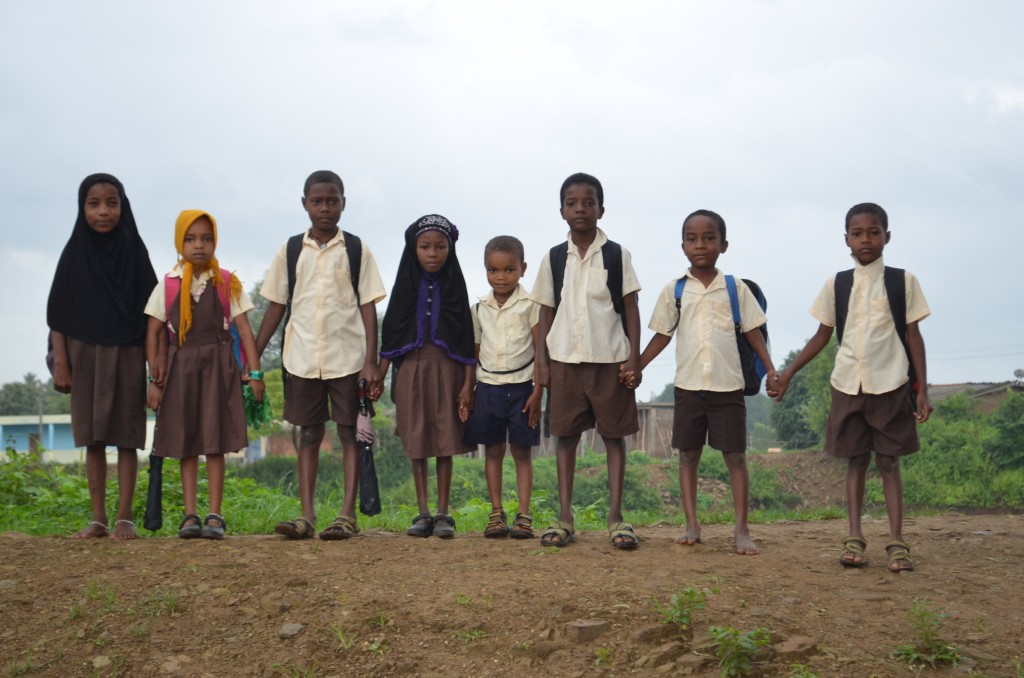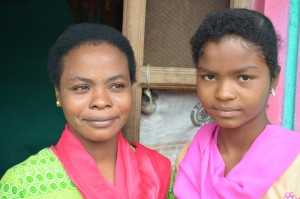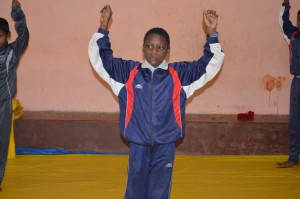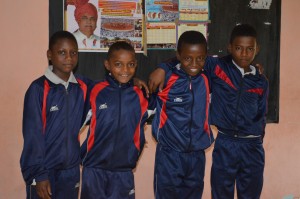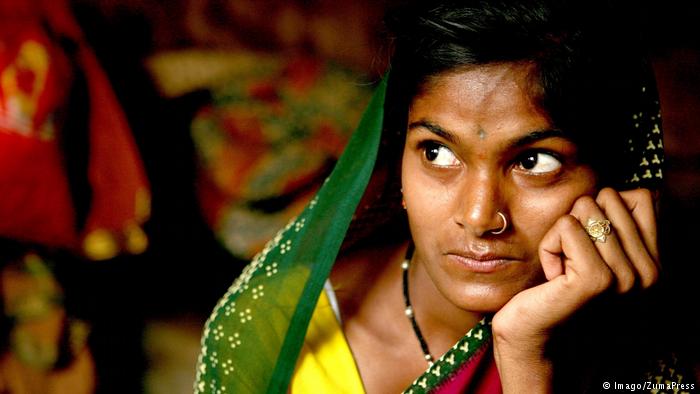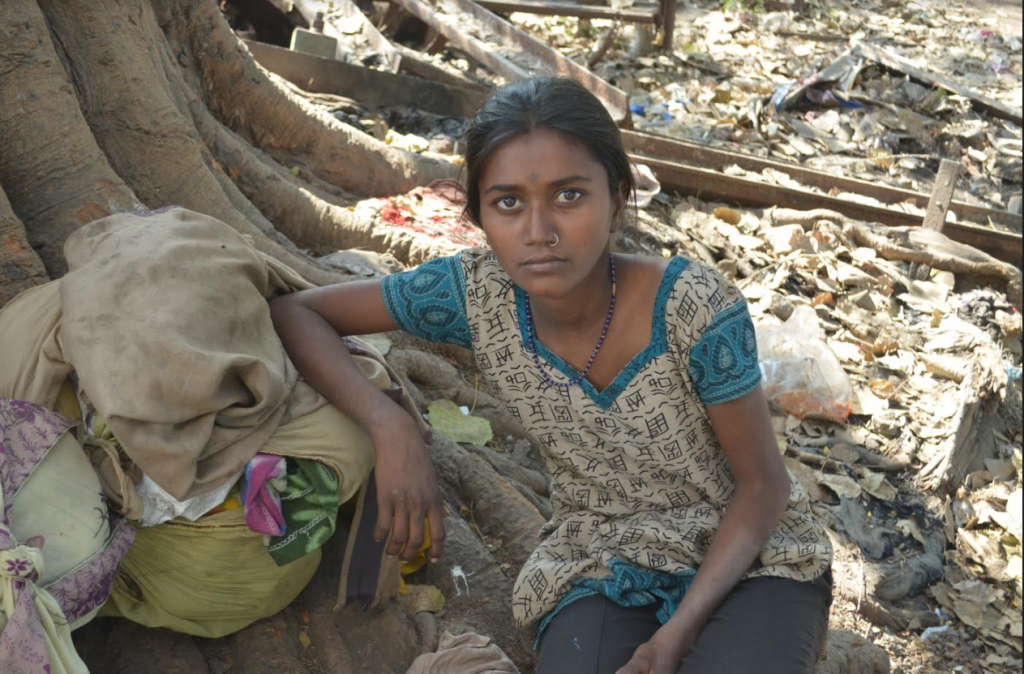Siddis – The run for a better life
They are a community that migrated from East Africa to India between the 15th and 19th century. And today, the 60,000-strong community has settled primarily in the Indian states of Karnataka, Gujarat, Maharashtra and Andhra Pradesh.
I visited some of the Siddis who live in the heavily forested districts of Yellapur and Haliyal regions of the southern state of Karnataka. They are pliant but live on the margins of poverty. For years, discrimination severely affected community members, and for several decades they remained estranged from modern society.
It has taken them long to assimilate into mainstream society. And it has been done with painstaking work. They work as farm hands, laborers, or otherwise do menial jobs.
Considering that most of them live in forested areas, they have taken to sport like a new born to mother’s milk. Academically, they are struggling but from my observation, their physique gives them advantage in sports.
Almost two decades ago, the Sports Authority of India set up a special area games scheme to scout and train members of the Siddi community to perform as athletes for India on the international stage. It went well and many in the community showed promise.
But for some strange and inexplicable reason, the program was abandoned. The project saw periodic success, and was shelved by the mid-90s. Poor planning had killed a good plan.
Now, there has been a change of heart and the government wants to train them up for the 2024 Olympics, wherever it is held.
Shantha Pedru Dodmani from Haliyal district is a natural runner. She used to practice training for four hours every day to participate in mini marathons and won laurels.
“Sports speaks directly to the natural inclination of the Siddis where the empowerment really begins.They are children of the outdoors and they are given a chance to be confident. Development through sport is one of the very strong ways to empower them”, she exclaims.
Being a mini celebrity in her community, she has tried to inculcate a regimen amongst the youngsters. Her sister Cecilia, 16, just completed the 10 km marathon in record time.
“I love the outdoors. I want to become an athlete and run for the country”, she shyly confides.
At the local government school in Haliyal, four Siddi teenagers are working out to be wrestlers including a girl. They show grit and passion. Two hours of hard exercising may have left their sport gear drenched, but they look satisfied.
Sport organizations have now started to bring the Siddi commuity back to the fold. They are intensive camps where the kids are being trained in wresting, athletics and contact sports.
Considering that India, the second most populous nation, has not won a single medal in track and field events till date, there is some excitement.
“I think if this program continues and with consistency, we will have a date with history”, says Cheryl Rebello, an activist whose organization, CherYsh works closely with the community.
The news is encouraging and though they don’t have big monetary support, it is substituted on the field where youngsters show talent and speed.
Shalina, just barely 13 years old has won competitions in wrestling at the local level.
“I want to represent the country and bring laurels. I hope it happens”, she says.
The results will not be immediate. But after learning from a previous failed experiment, the Government knows that the community can be potential winners, if they are given encouragement and training.
Manjunath, the chief coach in Haliyal is ecstatic.
“Siddis are natural athletes and could give the favourites — the runners from Ethiopia, Kenya and other African countries – a run for their money”, he loudly exclaims.
The Siddis, clearly, are in it for the long run.
Author: Murali Krishnan
Editor: Marjory Linardy
_____
WTO RECOMMENDS
Empowering Girls (Part 1 & Part 2)
The capacity to bounce back and thrive in the face of adversity is not a natural talent or quality. Rather, it’s the result of a set of skills that can be learned. And no better has this been demonstrated in the impoverished state of Bihar in northern India. (From January 29, 2016)
Women battle tough times in drought-hit India
In the baking sun and swirling dust, Madhu, 37, looks dejected as she surveys the parched field of kharif paddy and pulse crops in Hamirpur in the northern state of Uttar Pradesh. (From June 29, 2016)
A summer of discontent for some women
The central Indian state of Chhattisgarh has become a dangerous place for those who question the government. This, especially after the Indian government has vowed to unleash a massive offensive on Maoist rebels that human rights groups say doesn’t address the factors that has led to the Maoist insurgency in the first place. (From May 26, 2016)



